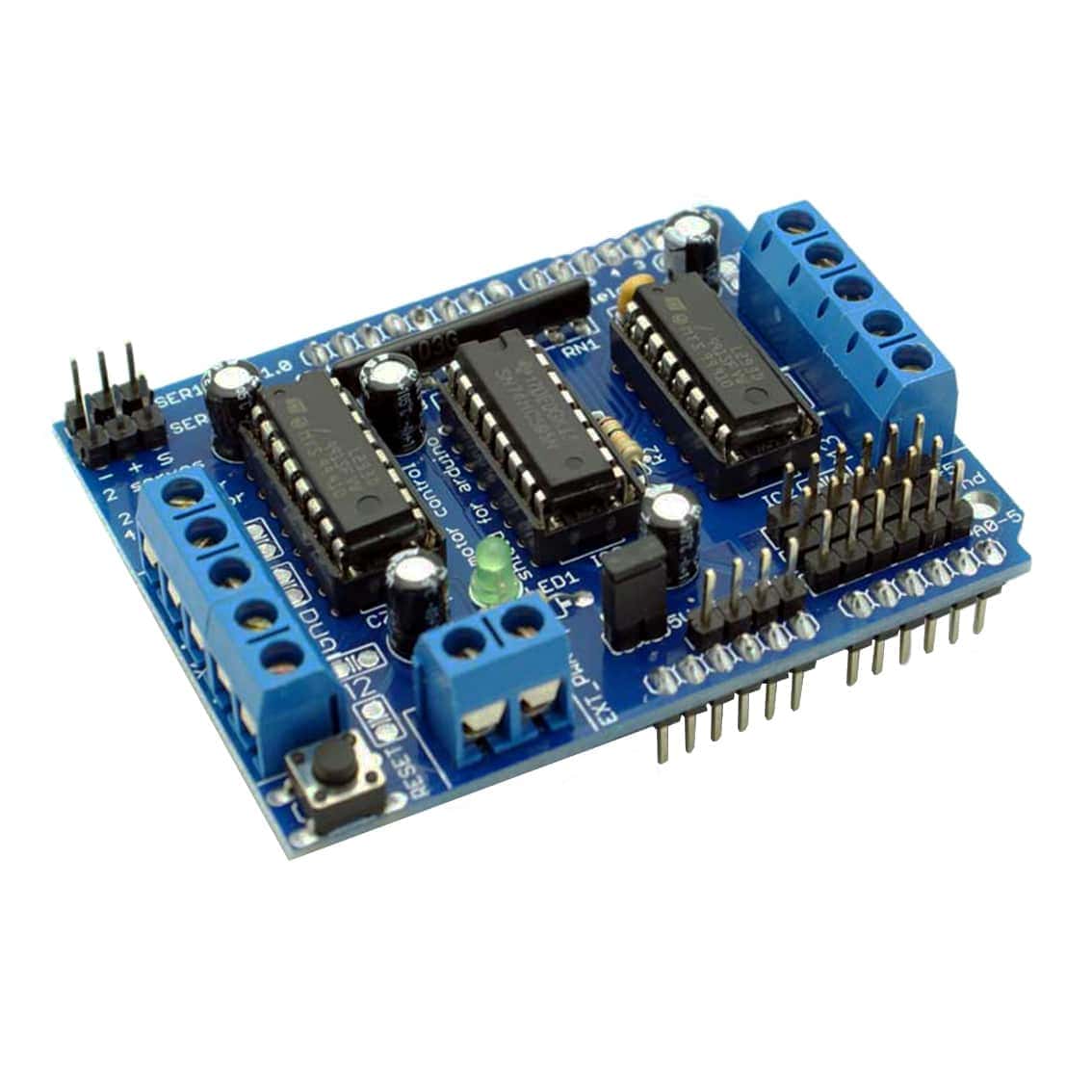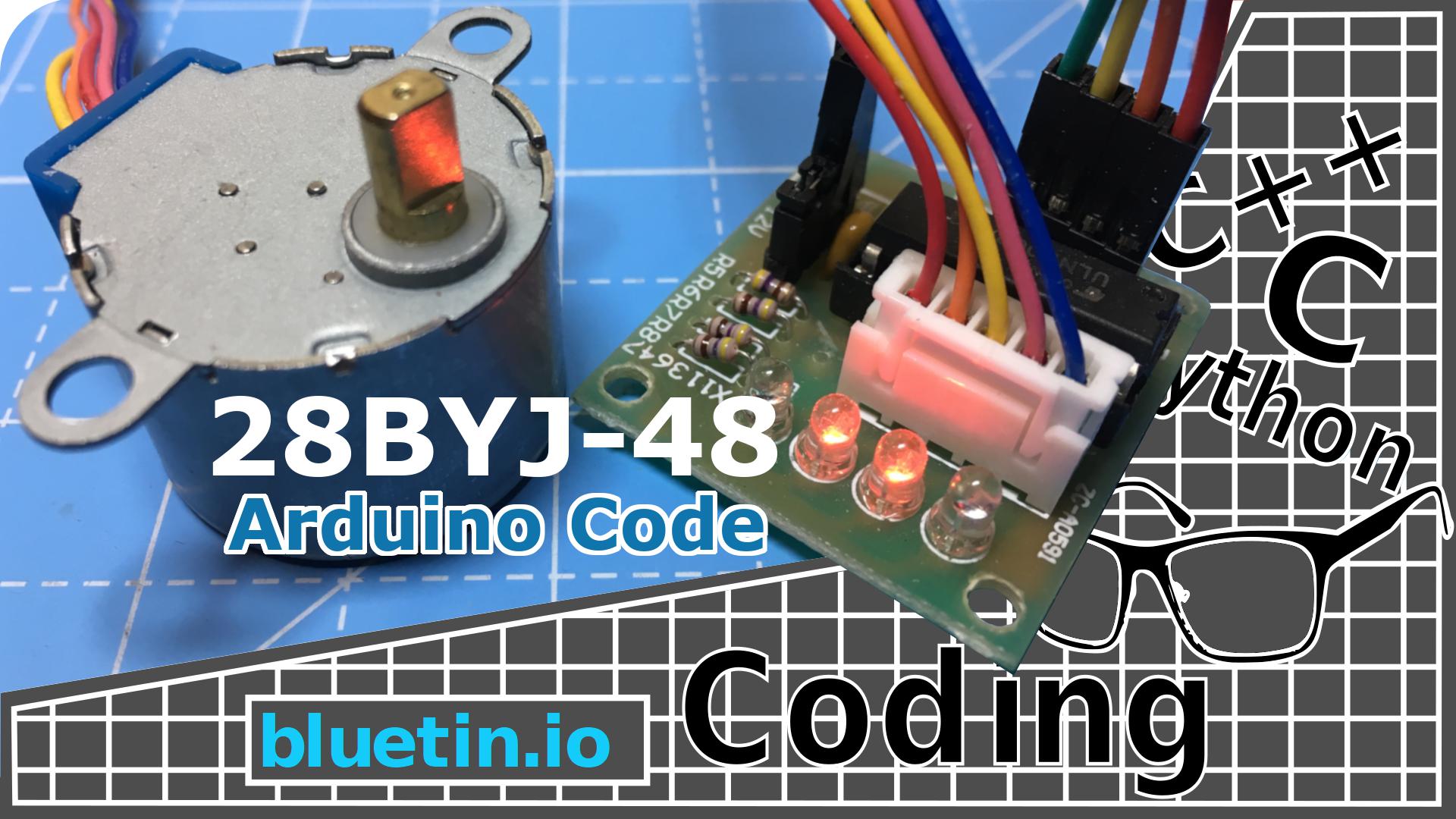
- SERVO MOTOR ARDUINO PRECISION HOW TO
- SERVO MOTOR ARDUINO PRECISION SOFTWARE
- SERVO MOTOR ARDUINO PRECISION CODE
- SERVO MOTOR ARDUINO PRECISION PC
To lock everything together, I usually put a couple of drops of Weldbond over the solder joints. Solder two three-pin headers together to make servo adapters. Servos require header pins that are at least 1/4” (6 mm) to 3/8” (9 mm) in length, and consist of three pins that are on 0.1” (2.54 mm) centers.Īs I can never reliably find headers that are long enough on both sides, I usually make my own from soldering together the short ends of two standard printed circuit board (PCB) headers as shown in Figure 3.įIGURE 3. The first bit of wisdom that I want to impart to you is the need for a servo connector that you can plug into a breadboard. I’m sure that by now you’re starting to get bored with my prattling on, so let’s change the pace and start building some circuits and gain some empirical knowledge regarding servos. If that is the case, then you should be looking at stepper motors or more modern servos which provide much more accurate positioning. I’m pointing this out because it can be an issue in applications that require very precise and accurate actuator movements. This was compensated for in radio control models with “trim pots” which minutely varied the timing of the signal sent to the servos to ensure the model would return to a neutral position. If you have two servos, chances are the same pulse width will not set both of the servos to the same position, and if you move them to new positions and then back, you’ll find that they may not return to exactly the same place. This continuous output is both a blessing and a curse.īeing an analog device, servos are not completely accurate nor are they precise.
SERVO MOTOR ARDUINO PRECISION SOFTWARE
The pulse length is a continuous function it is not broken into discrete steps (as in many software representations, including one of the Arduino libraries that I use in the example programs discussed below). In regard to the control signal passed to servos, I’m sure that you’ve seen something like Figure 2 showing that the length of the pulse which is sent to the servo is used by the servo to set its output position.įIGURE 2. They are called “digital proportional” which is really marketing speak to make servos sound like modern devices, and not something that came out when the Beatles were still playing live shows. This is confused by the name that is applied to the servos. The first misconception that many people have about servos is that they are digital devices. The technology of the time is important to keep in mind when you are planning on using servos, as it affects how you interface to them.

In 1965, integrated circuits had only just been introduced the first microprocessors were still a number of years away battery technology consisted of disposable carbon cells (alkaline batteries weren’t available until the 1970s) rechargeable Nickel-Cadmium batteries were known as “NIFE” cells, and weren’t available to consumers in the “AA” form factor until 1970. Radio control servos are really built from what can only be considered ancient technology the first servos that provided the capabilities of the ones used today were introduced in 1965 for use in model aircraft.
SERVO MOTOR ARDUINO PRECISION HOW TO
I am not going to discuss how to bolt servos into a project or how to select the best one to use based on the mechanical parameters of torque output, movement direction, speed and angles, or drivetrain gear type. In this article, I’m going to focus on the electrical interface from the power, as well as the programming perspectives.
SERVO MOTOR ARDUINO PRECISION PC
With a better understanding of servo technology, you can implement servos in your application that work reliably, pose no risk to the controller (as well as the PC used to program the controller), and eliminate the need for considering servo operation in your application code.įIGURE 1.


SERVO MOTOR ARDUINO PRECISION CODE
Most servo circuits I see risk damaging the controller that is driving them, or force the software developer to make compromises in their code to drive the servos. This article started off as a rant that originally began with me looking at a number of robot and other projects that had the radio control servos (like the one in Figure 1) connected incorrectly, or else demonstrated that the designer didn’t understand how to best create control signals to them.

» Skip to the Extras How to get the most out of servos in your applications


 0 kommentar(er)
0 kommentar(er)
